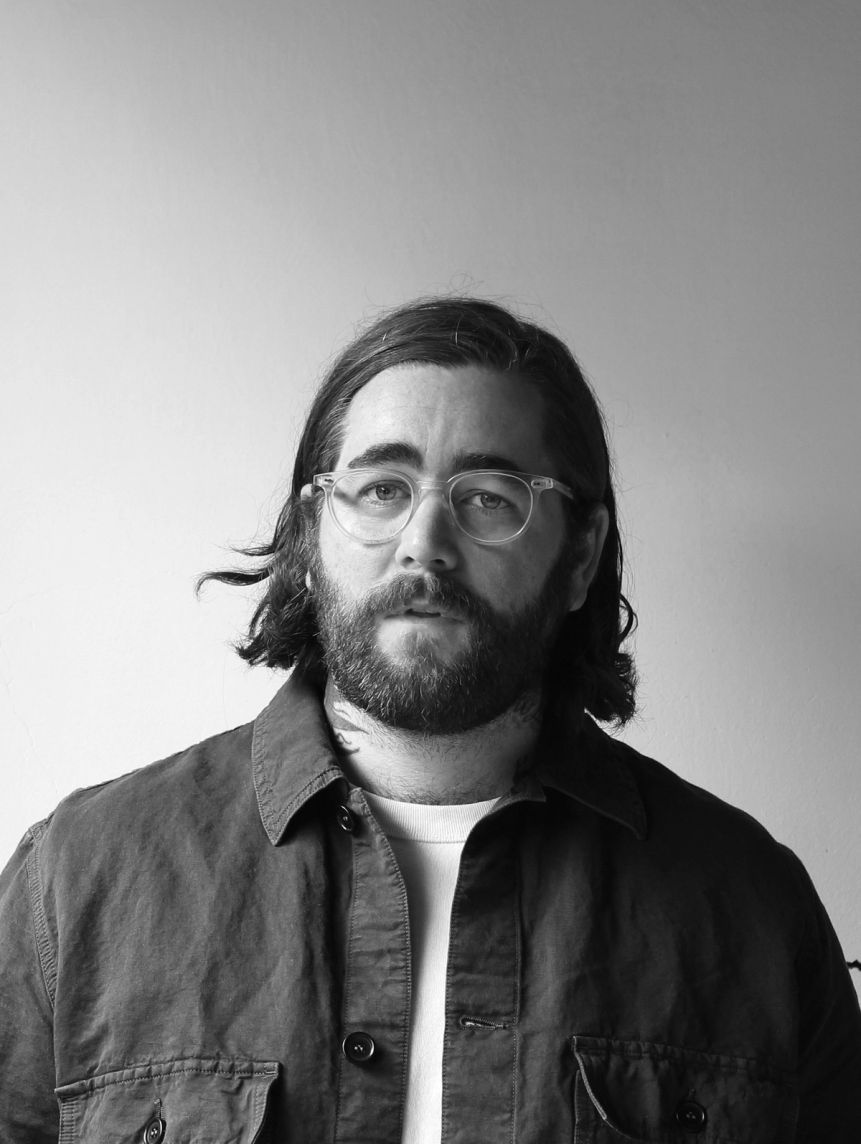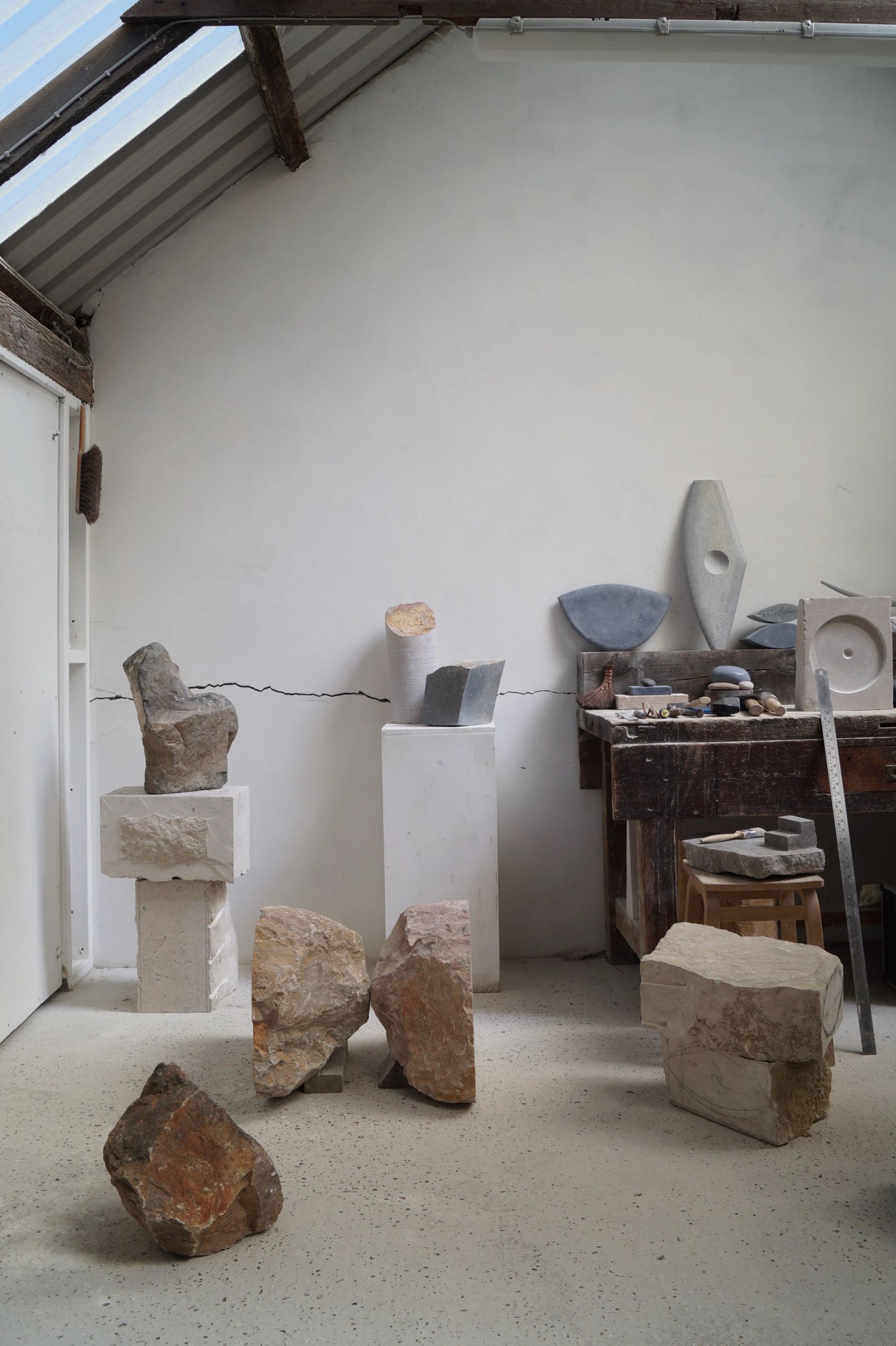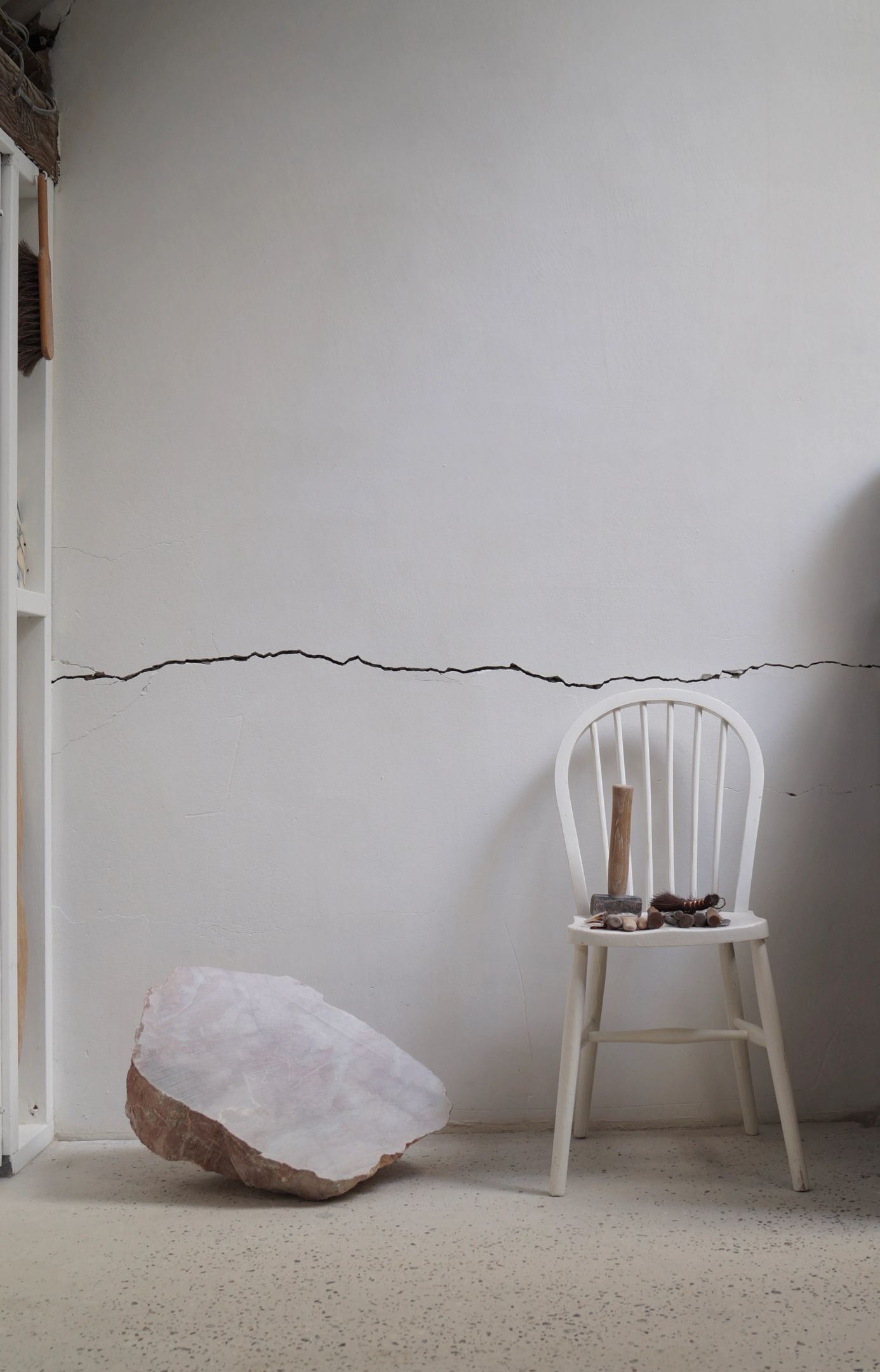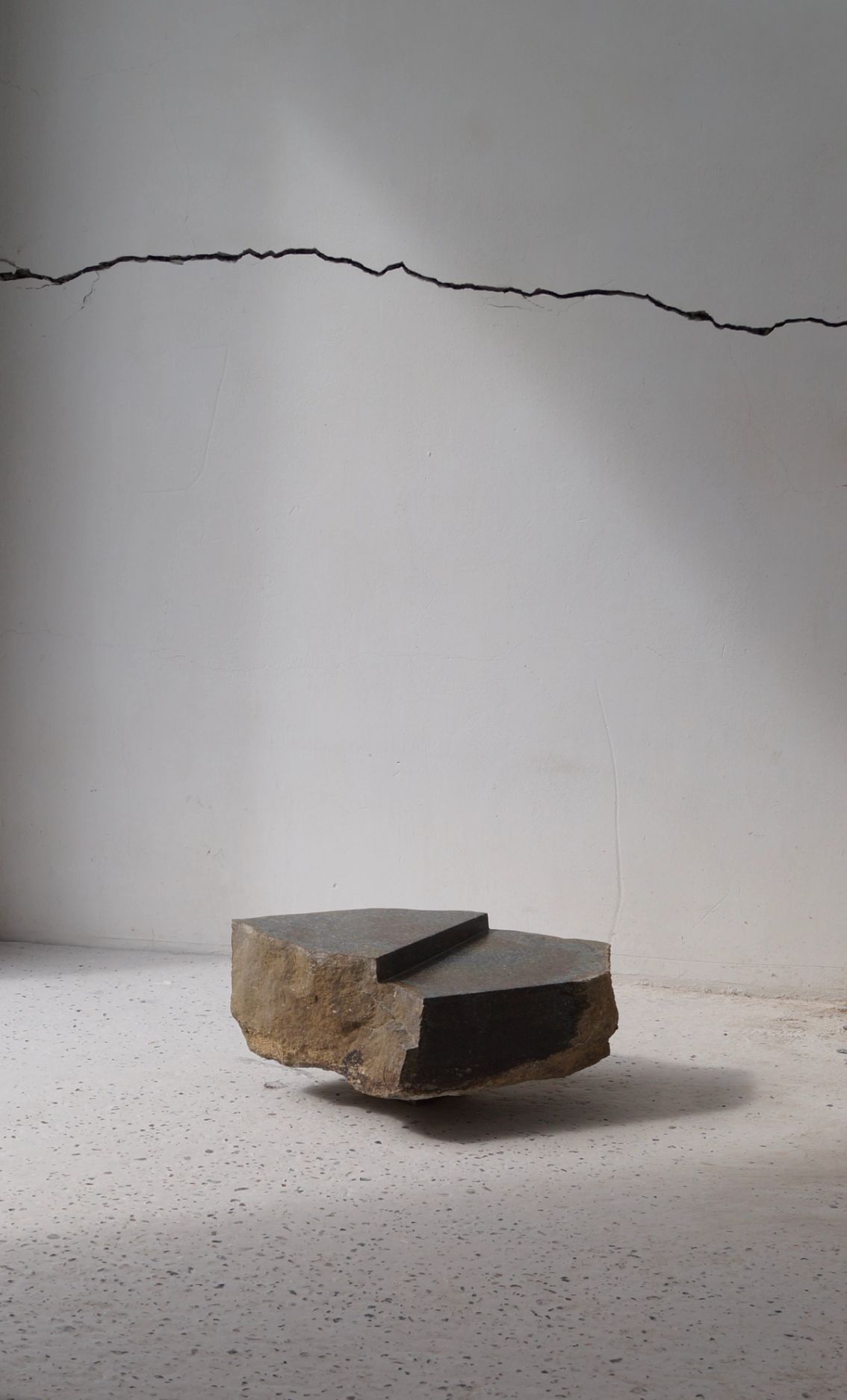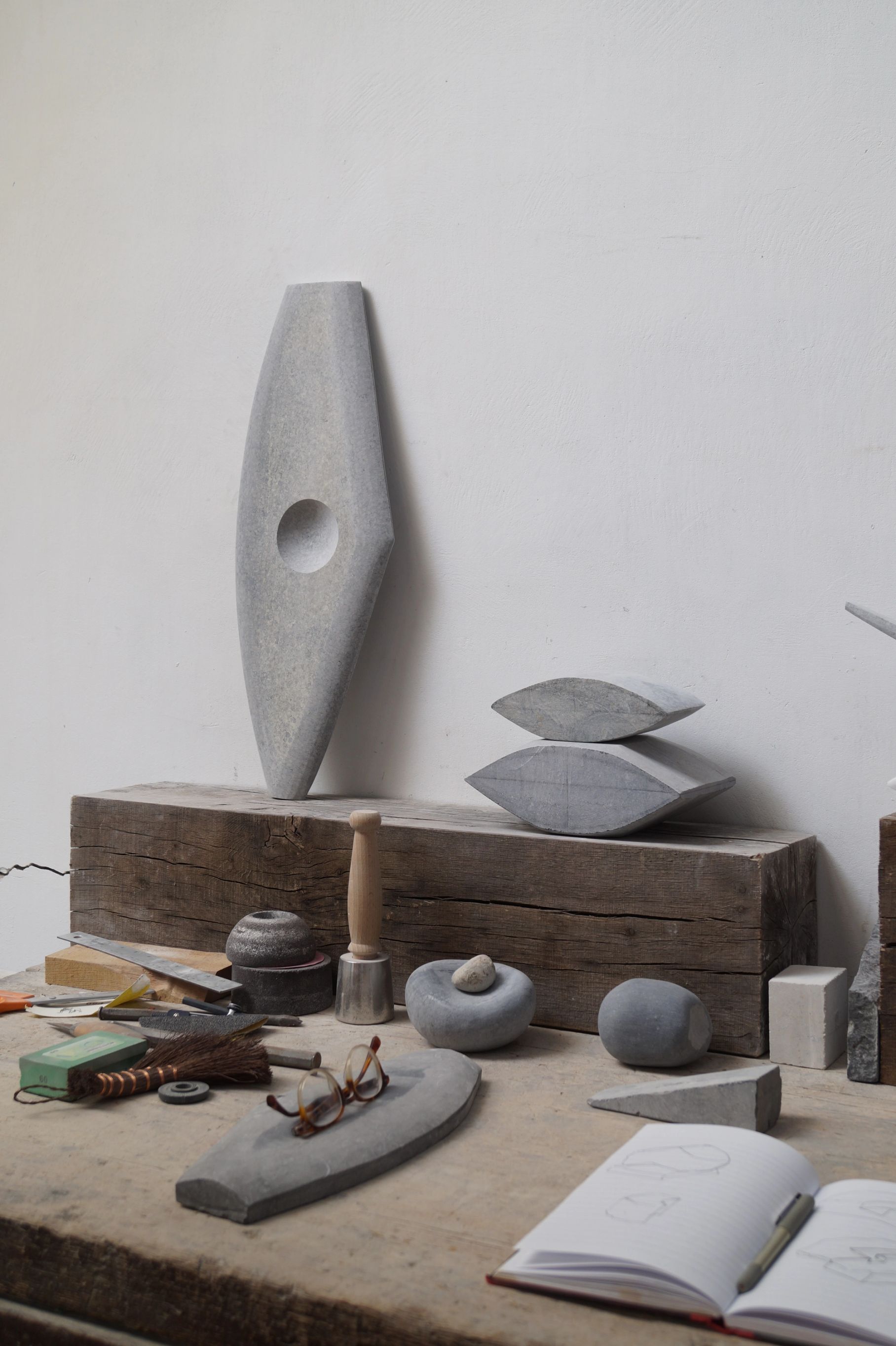Gallery Representation of Samuel Collins
We are pleased to announce the representation of artist Samuel Collins.
Collins carves, cuts and sands carefully selected stone in his studio on the edge of Dungeness reserve in Kent. He sources the pieces himself from off-cuts left as waste from quarries in Devon, Dorset, Somerset and Cornwall, particularly the Isle of Purbeck. “There are different colour matrixes in stone, particularly Purbeck marble. The construction industry typically looks for one colour, but I’m attracted to the slabs that shift from green to red to blue,” he says. “I enjoy working with types of stone that are typically thought to be unsuitable for carving. Finding ways of working with material that are deemed as waste, which I consider beautiful, is truly rewarding.”
Collins studied design and craft at Brighton University, as well as at Plymouth University. He has shown his work at Kindred House in Margate, The Radford Gallery and M.A.H Gallery in London, and Make Hauser & Wirth Somerset – the first time works in stone have been shown there. His work is often inspired by prehistoric landscapes and sites in southwest England, such as stone circles and burial mounds. “Every time I drive to the southwest to source stone, I stop at a different site in Somerset or Dorset,” he says. “The general landscape is littered by these amazing earthworks.”
Working directly onto the stone with a combination of power tools and traditional hand tools, Collins carefully takes into account faults and imperfections in the material to uncover the final piece. “The process is incredibly slow, so I’m able to experience the work in different lights, and often different seasons,” he says. “The slowness lends a meditative quality to the work, and allows ideas to build around it.” While working, Collins focuses on the qualities of space, mass, density and volume, rather than a specific form to be strived for. “I fundamentally believe in something Richard Serra once wrote, that humans can sense mass and density in an object. There is something primal about stone. If I can relay the experience I have when I first uncover a stone, half buried in a quarry, to the viewer, my work will have been successful.”
Words
- Ollie Horne
Photos
- Samuel Collins
